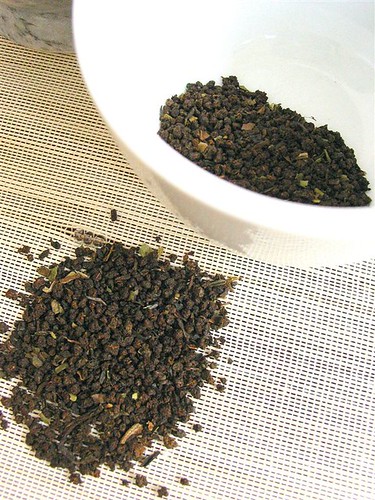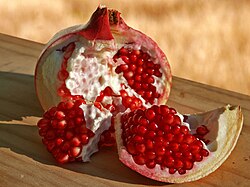 Almost everyone enjoys a first-class meal in a four star hotel or restaurant; the memory of a fine dining experience is one that lasts.
Almost everyone enjoys a first-class meal in a four star hotel or restaurant; the memory of a fine dining experience is one that lasts.With a friend or loved one spending 2-3 hours in a first-class establishment can mark an anniversary, promotion, engagement, birthday or any number of occasions that deserve remembrance. Sitting in a richly paneled dining room with soft light, low music, a fine wine and delicious food topped by world-class service and a breathtaking view is a very pleasurable experience. If the meal is prepared and served correctly, very few diners will object to the high cost of the meal—indeed, many people believe a higher price reinforces the quality of the meal.
The Market is Competitive:
Fine dining restaurants, whether they stand alone or are found in a four or five star hotel, face very stiff competition. Quality chefs and maître d’s are paid generous salaries and bonuses and rating agencies like Zagat and the Washingtonian are constantly evaluating fine dining establishments; the loss of one’s rating can mean disaster.
The lodging industry is particularly competitive as hotels focus on customer service and satisfaction to discriminate their room offering from that of the competition.
Tea After the Meal:
World-class dining is an activity where attention to detail or lack of attention can ruin an otherwise good meal. If the service is slow or the food is not prepared perfectly, dissatisfaction is immediate particularly for high priced meals. Dissatisfied customers by word of mouth alone can damage an otherwise stellar reputation of a fine dining establishment.
One area that is often overlooked is the tea service at the end of the meal. Many restaurants offer the best coffee or espresso but overlook the serious tea drinker. Many restaurants end up serving a tea bag from a box with limited choices and then serve the bag in a cup of lukewarm water. High-quality tea must be steeped properly to ensure the proper preparation. In order to get the maximum out of tea steeping, whole leaf tea should be used; the taste and richness of the whole leaf is well presented during the steeping process.
Tea in bags, even whole leaf tea in bags, cannot compare to properly infused whole leaf tea. This is particularly true when the whole leaves have a chance to properly unfurl in a tea infuser instead of a cramped tea bag.
Tea bags are convenient and fast but many tea suppliers now offer large capacity or single service infusers and tea pots that not only provide the dining customer with quality tea but also can be private labeled with the brand of the hotel or restaurant.
Loose Leaf Tea is Gaining in Popularity
High-quality loose leaf tea is becoming more popular with fine dining restaurants and hotels as a way to complete the perfect meal and convince the customer that their presence is very much appreciated. The secret is a close arrangement between the restaurant as wholesaler and tea supplier as a provider of the highest quality loose leaf tea and teaware that will support the restaurant in serving its customers.
The Wholesaler – Supplier Relationship
The restaurant, as wholesaler, adds value by serving the best tea to its clientele as part of a perfect meal. The supplier serves the wholesaler by providing only quality products that are fairly priced with a substantial discount to encourage the wholesaler to carry its products. After-sale customer service on the part of the supplier is also critical.
It is not enough for the supplier to sell the products and walk away leaving the wholesaler to stand alone to deal with any potential problems. The wholesaler and supplier must cooperate with one another in order to satisfy a demanding fine dining market.



















